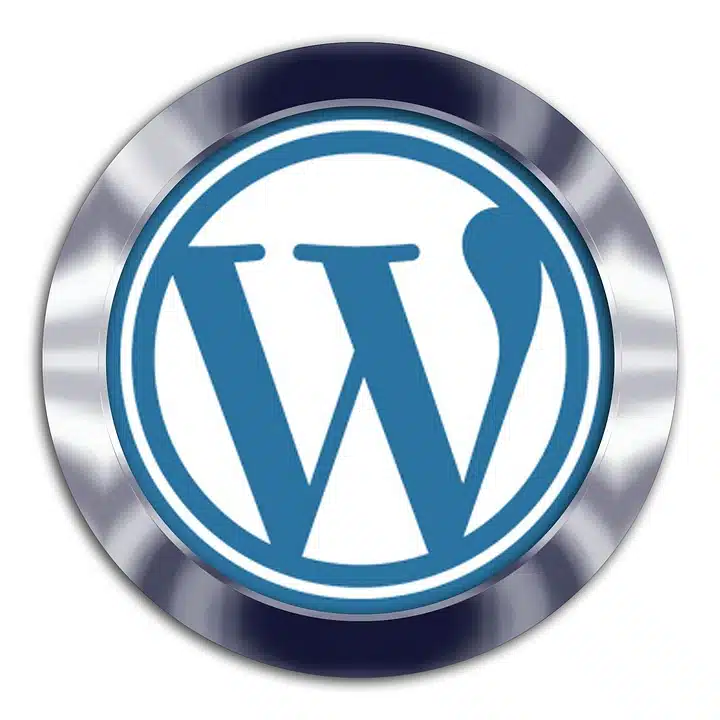WordPress is undoubtedly one of the most popular content management systems in the world. Its user-friendly interface and wide array of plugins and themes have made it the go-to platform for millions of website owners. However, like any other software, WordPress is not immune from occasional issues and errors. In this article, we will discuss some of the most common problems faced by WordPress users and provide solutions to resolve them.
1. White Screen of Death (WSOD)
The infamous white screen of death is perhaps one of the most frustrating issues users encounter. It usually occurs due to PHP errors or incompatible plugins or themes. To resolve this, you can start by disabling all plugins and reactivating them one by one to identify the culprit. If this doesn’t work, switch to a default theme and see if the problem is resolved. Additionally, checking your website’s error logs can provide valuable insights into the issue.
2. Internal Server Error
When your WordPress website displays an Internal Server Error, it typically indicates an issue with your server, but it can also be caused by incompatible themes or plugins. To troubleshoot this, you can try resetting your .htaccess file by renaming it or temporarily disabling plugins via FTP. If the issue persists, contact your hosting provider for assistance or consider checking server logs for error details.
3. 404 Page Not Found Error
A 404 error occurs when a user tries to access a page that does not exist on your website. Often, this occurs due to incorrect permalinks or deleted content. To fix this, you can go to Settings > Permalinks and choose a different permalink structure. If that doesn’t work, ensure that your pages and posts are properly created and published. Additionally, a cache plugin may sometimes cause 404 errors, so clear your cache if necessary.
4. White Text and Missing Buttons in the Visual Editor
If you encounter this issue where the visual editor shows white text on white background or missing buttons, it is likely due to a conflicting plugin or theme. Disabling plugins and switching to a default theme can help identify the problem. Alternatively, you can try adding the following code to your theme’s functions.php file:
“`
add_editor_style();
“`
This will enable the editor’s default style.
5. Troublesome Plugin or Theme Update
Sometimes, a plugin or theme update can break your website. To avoid this, take regular backups of your website and database so that you can easily roll back if an update causes issues. Additionally, before updating, check the plugin or theme’s compatibility with your WordPress version. If you are already facing issues after an update, you can try restoring the previous version temporarily until a fix or update is available.
FAQs:
1. How can I fix the “Error Establishing a Database Connection” issue?
This error occurs when WordPress is unable to establish a connection with the database. Ensure that your database credentials in wp-config.php are correct. Also, check if your database server is running. If all fails, contact your hosting provider for assistance.
2. How can I resolve the issue of slow loading speed?
Slow loading speeds can negatively impact your website’s performance. Start by optimizing your images and enabling cache plugins. Additionally, consider investing in a reliable hosting provider or utilizing a content delivery network (CDN) to speed up your website.
3. How do I fix the issue of missing images after moving my website to a new domain?
When migrating your website to a new domain, ensure that you update the URLs by using a search and replace tool or a plugin like “Better Search Replace.” This will ensure that the images are correctly referenced on your new domain.
4. What can I do if my WordPress website got hacked?
In case of a hacked website, immediately scan your website using a security plugin and take the necessary steps to remove malware or suspicious files. Change all passwords, including your WordPress admin, FTP, and database. It is also recommended to update all your themes and plugins to their latest versions.
In conclusion, while encountering WordPress issues can be frustrating, with the right troubleshooting techniques and solutions at hand, you can resolve them effectively. Remember to always take backups and stay cautious while installing new plugins or themes, as prevention is better than cure.
Post Summary:
WordPress is a popular content management system, but it can have issues. Some common problems include the white screen of death, internal server errors, 404 page not found errors, white text and missing buttons in the visual editor, and troublesome plugin or theme updates. To resolve these issues, users can try disabling plugins and switching themes, resetting the .htaccess file, checking error logs, changing permalink settings, creating and publishing pages properly, clearing cache, and adding code to the functions.php file. It’s important to take regular backups, check compatibility before updating, and address security issues if the website gets hacked.


